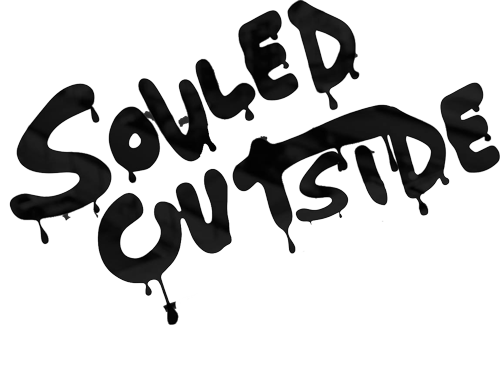“Australians are you?”
“Americans.”
“Wow. What in the devil are you doing here?” — Hoi An Hotelier
The ruins of Da Nang Air Base sprawl across the campus of the new international airport. Rusting parapets guard the tarmac from an enemy long gone. Countless towering hangars line the runway, their smooth concrete bones mostly encased by the jungle now. In 1969, this was the busiest airport in the world, its control towers buzzing with the traffic of the largest American base in Southeast Asia. The hangers were once filled with the fighter jets and helicopters of an immense war machine; these very same runways were the entry point for thousands of American troops.
For many, Da Nang was the gateway to Hell.
We landed just before lunch.
It didn’t seem right to take a picture.
Like so many before us, Da Nang became a point of entry and a place to get out of—our real rally point rested 30 miles south, in the ancient port town of Hoi An.
A dizzying, half-hour cab ride through rice patties and rain storms brought us to the 15th-century city.

Translucent, blue drinks lined the table as the concierge brought us up to speed on the town. He dropped a clear liquid into our blue drinks, as we watched them to purple. “The welcome drink,” he said. This was the setup.
Centuries ago, Hoi An was founded on trade, as Chinese and Japanese ships came to the village in search of a deal. Today, Hoi An is still about that hustle. And, if you’re an American, you’ve got a target on your back.
Within minutes, we were peppered with a map and a list of the most reputable places in town to lock down a hot deal from Hoi An’s legendary tailors. This was the pitch.
Even before we were given room keys, a “free” cab was picking our group of five up for a rendezvous with Thuong Tailor— “number one on TripAdvisor.”
Here’s the deal with Hoi An tailors: they’re supposed to be the kind of place where you go to get a custom-fit (cheap?) less-than $100 suit. Our trip always included a visit here. Cheap, fitted suits for a blowout New Year’s Eve at the Forbidden City in Hue were a must—the wilder the pattern the better. But we didn’t get cheap suits. And, as each of us wandered out on the rainy sidewalks that lined Hoi An on December 29, we knew we’d been had. All of us were out millions of dong and hundreds of dollars.

All of us had fallen for the Hoi An Hustle.
Travel blogs will tell you that Vietnam is still not quite used to tourists. But, I don’t think that’s true. Vietnam has been hosting tourists for centuries—the ancient pagodas and palaces that dot the road from Da Nang to Hoi An are a testament to that. The truer statement may be that tourists aren’t used to Vietnam.
It pays to be savvy here.
In most cases, knowing how to barter and set a price can be the difference between a few extra dollars on your cab ride or a few pennies at the coffee shop. In extreme cases, it’s the difference in hundreds of dollars. And I don’t blame the people of Vietnam for that. It’s their system, their country, and like anywhere else on Earth, you’ve got to learn to play the game.
At the night market, the game worked in our favor by landing a “$30” bottle of snake wine for about eight bucks. Lesson learned.
There’s a tradition in Hoi An. Every night, people gather to light lanterns on the riverfront. Each flickering light carries a dream out to the sea. And as we enter Day Two in one of Southeast Asia’s most iconic cities, we’re all dreaming a little bit wiser than the day before.










